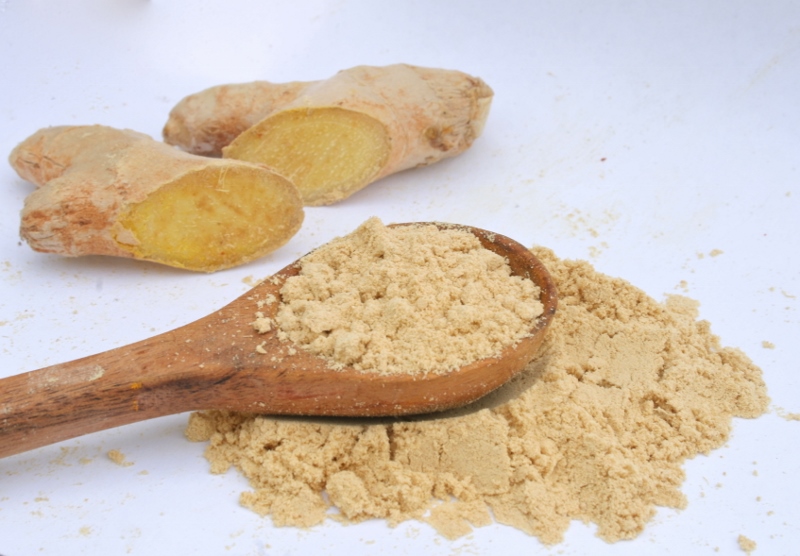Good Old Ginger
Ginger is perhaps the best known of Jahmu’s central spices; a staple of eastern cuisine that also appears in commonplace western creations such as ginger ale and gingerbread. The ginger plant (zingiber officinale) grows thin stalks that sprout narrow, bladelike leaves and clusters of pink, white, and yellow flowers. Ginger’s roots, from which the commercial spice is derived, are thick and asymmetrical, a rough appearance that contrasts with ginger’s sweet, sharp flavor. Originating in South China, today ginger is consumed all over the world. India, China, and a small handful of other countries including Nepal and Thailand now produce the lion’s share of the world’s ginger.
Ginger, like many of the spices produced and consumed today, first rose to prominence in the 1500s as part of the nascent Spice Trade. It was the first spice exported to Europe from the Orient (specifically, Jamaica), and it paved the way for the lucrative, bloody, and drawn out spice trade that would dictate so many of the old world’s cultural and commercial boundaries.

Ginger’s international prominence stems primarily from its use in a variety of ethnic cuisines, Indian and Chinese in particular. It is pickled for use as a snack or additive, paired with sushi and wasabi, even made into ginger candy or ginger wine. As if ginger’s sheer versatility as a spice wasn’t enough, it is classically believed to act as a digestive aid and a treatment for nausea. Recent scientific studies have supported this widely held belief, finding ginger to be more effective than placebos in alleviating nausea caused by motion sickness, pregnancy, and chemotherapy.
In addition to being delicious and soothing a roiled stomach, there is some evidence that ginger may have more far-reaching health benefits. There is a great deal of discussion over whether or not ginger is effective in slowing or preventing the growth of cancerous tumors; although the American Cancer Society admits that ginger appears to slow the growth of tumors in test animals, there is no evidence yet that it has the same impact on humans. One 2014 study showed a combination of aqueous ginger and cinnamon to have positive effects on unhealthy test animals: “[Cinnamon] and [Ginger] exhibit anti-obesity, hepatoprotective, hypolipidemic, antidiabetic and anti-oxidant effects”.
While this study (and others like it) are but early forays into the field of medicine that straddles the East/West boundary, it is encouraging that ginger exhibits the anti-oxidant and anti-diabetic qualities that many of its companion spices seem to possess.
National Institute of Health
- National Center for Complementary and Integrative Health
- Pharmacological effects of cinnamon and ginger herbs in obese diabetic rats
American Cancer Society
USDA’s National Nutrient Database:
WebMD
Drugs.com
